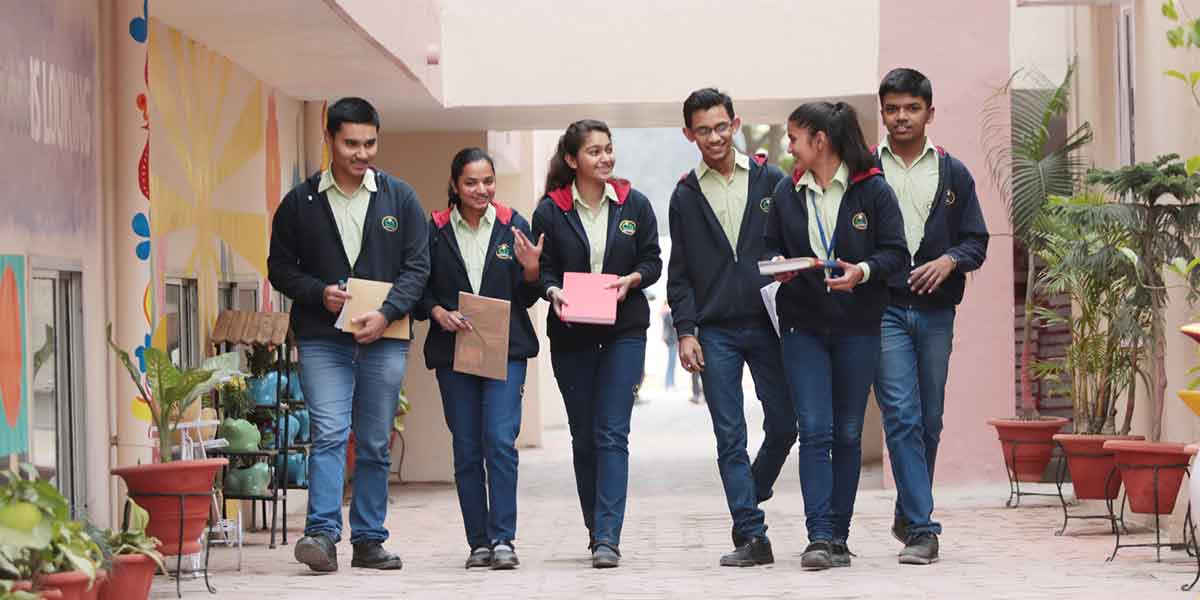
For more than a hundred years, classrooms in India have looked the same. Rows of desks. A teacher in front. A blackboard. That image is deeply familiar. But the reality outside school gates is shifting.
Today, over 650 million Indians carry smartphones. What was once a device for calls, entertainment, and social media is fast becoming something else: a tool of learning.
The New Classroom in Our Pockets
A child in a small village can now watch a science experiment on YouTube. Another can practice math on a simple app. Someone else may listen to a podcast in English on their way to school. The phone makes learning instant, available at the very moment curiosity strikes.
This is no small change. Education has always been bound by time and place: “Class at 10 a.m., subject X, taught by teacher Y.”
The smartphone breaks those boundaries. It delivers knowledge wherever the learner is, whenever they want. But here is the caution; information is not the same as education. The risk is confusing access with learning. Unlimited access does not automatically build skills. A child can just as easily lose hours scrolling through reels as exploring history or science.
Without direction, the phone turns into a distraction rather than a tool for change. This is the real challenge before us; how do we turn this vast digital infrastructure into genuine education?
Connecting phones to actual objectives is a shift away from rote memorisation and toward application, critical thinking and creativity is advocated by India’s National Education Policy (NEP 2020). When used properly, smartphones can be beneficial. For example, brief applications that allow kids to practice reading or math skills, get immediate feedback, and then share their learning with classmates or teachers. The phone in this sense supplements the classroom, it doesn’t replace it.
The idea is straightforward. Technology should supplement human instruction rather than replace it. However, there is the issue of equity. We also have to acknowledge that not all kids own smartphones. Many people share their gadgets with their parents or siblings. Some rely on community centers or borrowed time. Connectivity is still uneven.
If phones are to be part of India’s education future, low-bandwidth, shared-access, and community solutions must be designed. Otherwise, the digital revolution could deepen divides rather than bridge them.
Another shift is needed, that is from consumption to creation. Too often, the phone is treated as a delivery device: “watch this video, finish this quiz.” But the most powerful learning happens when children create.
A phone can become a tool of expression and collaboration. Children can record themselves explaining a math problem, share a short video of a science project, or brainstorm ideas with classmates in a chat group. When they create, they process information more deeply. When they share, they learn to listen, respond, and build ideas together.
This turns the phone from a screen of consumption into a platform for active learning. Teachers remain at the heart of this transformation. Their role is not diminished, it changes. They curate, guide, and frame the digital world for their students. They show children how to ask questions, how to check facts, how to think critically about what they see online.
In classrooms, teachers can use phones for group work, peer-to-peer problem solving, or projects that link digital exploration with real-world practice. The phone gives flexibility, but the teacher gives meaning.
Parents matter too. Parents worry, often rightly, that phones are distractions. But instead of banning, they can model better use. Encouraging children to share what they learned from an app or video turns solitary scrolling into a family conversation. Asking, “What did you discover today?” reframes the device as a learning partner. They can also encourage by taking videos of their children reading out aloud, doing an experiment, gardening and more and share that with the family. This celebrates children’s work.
The classroom of the past was about control: one teacher, many students, one pace, one method. The classroom of the future will be about agency. Students learning at different times, in different ways, through different mediums.
Smartphones are only one part of this story. But they are a big one. With over 650 million in circulation, they represent the largest distribution of learning tools India has ever seen.
The question is not whether they will shape education. They already are. The question is whether we can shape how. From chalkboards to smartphones, if handled poorly, will fragment attention, widen inequality, and reduce learning to shallow entertainment. When used properly, they can democratize access, pique interest, and integrate learning outside of the classroom into everyday life. The blackboard once symbolized learning. Today, the smartphone could be the new blackboard, but only if we design its use with care.
The bottom line is that the classroom is no longer confined to four walls. It now sits in every pocket that holds a smartphone. Our task is to ensure that what children find there is not just information but education. Not just answers, but questions worth asking. Not merely diversion, but change.